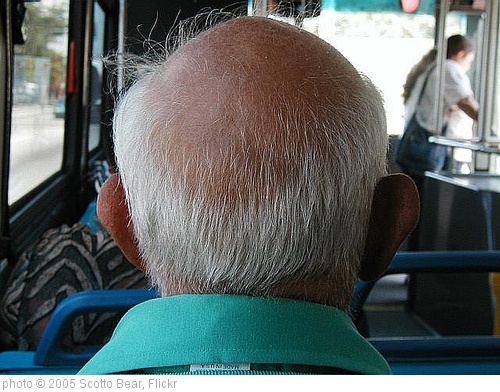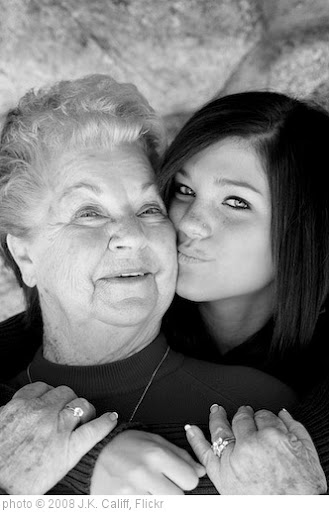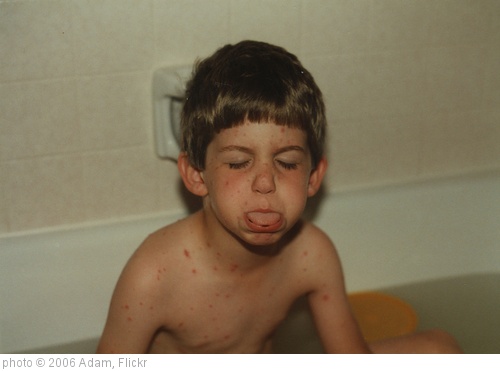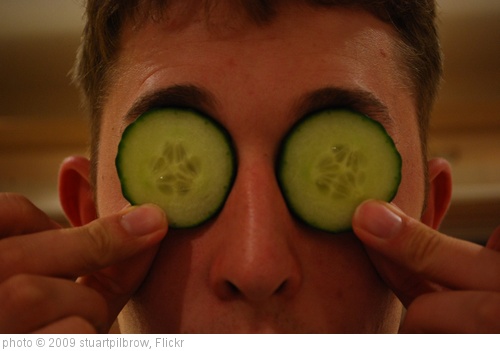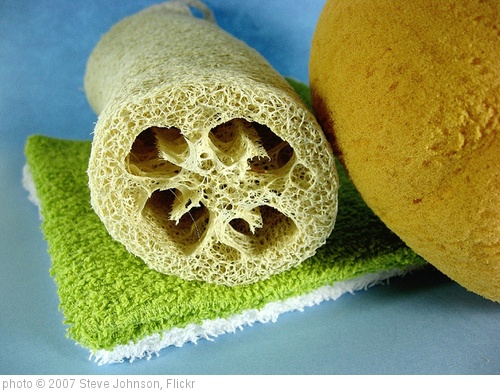 |
| Some rights reserved by perry_marco |
You may want to think a little harder about this decision.
Accutane is very effective for treating acne, but also very powerful and
potentially dangerous. In this blog post, I’ll outline some of the effective
uses for the drug, as well as when you should take it – and if you should take
it.
1. See a dermatologist.
Acne
is a medical problem. If you have a virus, you would go see a doctor, and acne
is not different. If you have tried some of the over-the-counter washes and
creams, it may be time to check out medical-grade treatments. But only a
licensed dermatologist can provide you with the proper skin care you need to
overcome your acne.
2. Work with your dermatologist to evaluate
your acne.
Although approximately 80 percent of teens and pre-teens have acne, most
cases are not severe enough to warrant major treatment. Usually, some regimen
of topical creams, medications and/or washes will do the trick. Your
dermatologist can recommend which regimen will work best for you, and can make
changes as needed.
3. Exhaust all possible avenues.
There are hundreds of medical treatment options available to treat acne,
so I would never recommend making Accutane your first choice. If you can use
something gentler, milder or safer – do. Accutane really should be a last
resort for particularly tough or persistent cases of acne.
4. Discuss the pros and cons of Accutane.
Accutane works by reducing oil production in the body’s glands. As
clogged pores are the primary reason for breakouts, Accutane is effective in
reducing or eliminating acne for most people.
Although it can be very effective, Accutane can also be dangerous if not
taken correctly or if precautions are not taken. Risks include:
- Serious birth defects if taken while pregnant
- Depression or other psychological side effects
- Liver problems related to fatty buildup
While taking Accutane, patients
should not give blood, drink multiple alcoholic drinks at one time, have laser
procedures or wax regularly.
5. Educate yourself on the iPLEDGE program.
As a result of so many serious risks associated with Accutane, the drug
is now only available through the iPLEDGE program. The program is designed to
prevent Accutane-related birth defects. The program requires:
- Two forms of effective birth control (acceptable forms are spelled out by the program)
- For women - A negative pregnancy test 30 days prior to starting medication and every month prior to filling the prescription
- Monthly questionnaires to remind patients of the rules and risks associated with Accutane
6. Take precautions.
Although Accutane-related birth defects are one of the biggest risks
associated with the drug, it is important to consider others.
- Accutane patients should not drink, as the drug itself can cause fatty buildup in the liver. It can also replicate the effects of long-term drinking, like cirrhosis of the liver. Drinking multiple alcoholic drinks at once while taking Accutane can exacerbate potential liver problems.
- Patients will be required to undergo regular blood tests prior to fulfilling their prescriptions each month. This ensures (for women) that there is no pregnancy and for all patients that the liver is functioning normally.
- Family members and friends should watch Accutane patients for signs of depression and other psychological side effects. While these side effects rarely last beyond the final pill, they should be monitored during the Accutane regimen.
- Patients should not wax, have laser treatments or exfoliate heavily during their Accutane regimen. Because the drug dries out the skin, it is more susceptible to ripping or tearing, and waxing may leave permanent scarring.
7. Prepare to prevent future breakouts.
Accutane works very well for many people who use it correctly. Although
it is risky, it is one of the most effective acne drugs on the market. Due to
its risks, most patients should not take Accutane for longer than six months at
a time.
Although
this is plenty of treatment time for many patients, it may not be the final
cure for everyone. Acne is not just a teenage problem, and it is important to
maintain a facial cleansing regimen and to keep your dermatologist updated on
the state of your skin.


